Growing parsley
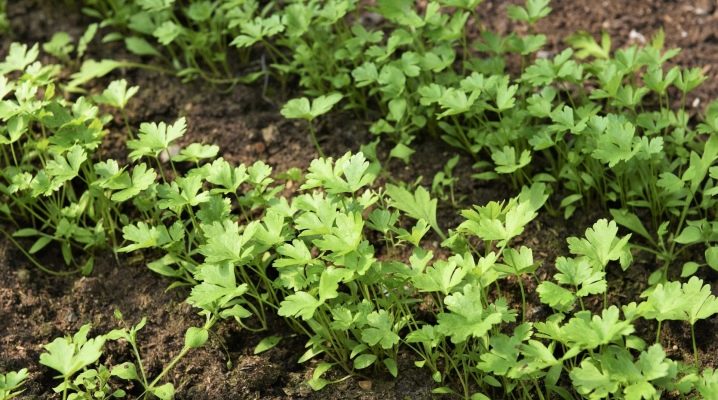
Parsley - irreplaceable greens on our table: it contains a huge amount of minerals, vitamins, it is seasoned with salads, main courses, soups, supplemented with snacks. Meanwhile, there are some peculiarities in the cultivation of spicy greens.
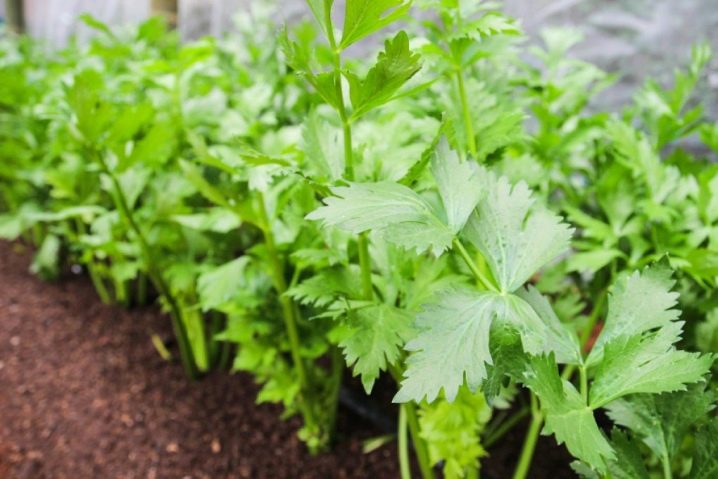
Variety selection
The crop yield depends on the correct selection of the variety. When choosing a variety, experts are guided by the ripening time, taste characteristics. Let's look at the most popular varieties that are suitable for growing in greenhouses and outdoors.
- "Gloria" - a variety of early ripeness has short shoots, but large leaves.
- "Aster" differs in curly corrugated leaves, ripens early.
- Esmeralda gives a huge amount of leaves in a rosette, with an average maturity.
- "Mooskraze-2" has a sweetish taste, can be eaten after 60 days.
- "Breeze" - a variety with medium ripening periods has large fleshy leaves.
- "Bogatyr" - ripens quite late, has a pleasant aroma, it is convenient to collect in bunches.
- "Italian giant" - unpretentious variety, gives an excellent harvest even in the shade.
- For winter cultivation, a variety is suitable "Bogatyr", "Harvest".
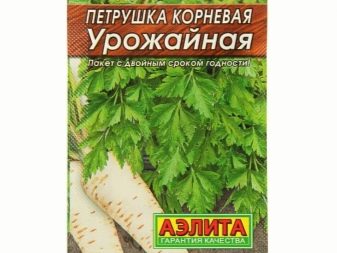
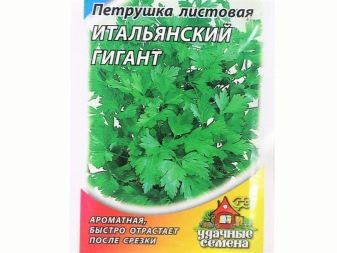
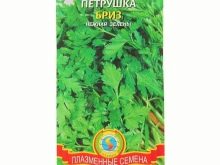
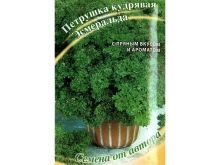
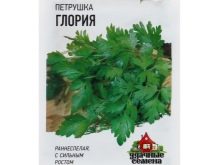
If you look at the species, then the plant is one-year and biennial. Root parsley is used, which gives small roots in the first year. The best varieties are Sugar, Eagle, Berlinskaya.
In the root variety, the root crop is always thick, fleshy, reminiscent of an elongated rod, and in leafy greens, the root is branched, but it is not used for food, only the upper part is suitable for eating. Root vegetables and leaves are good for food, because they contain a large amount of proteins, essential oils and vitamins. Moreover, the vitamin content of this vegetable greens is off scale: not all fruits and vegetables have so many vitamins. But in the bulk, gardeners plant a leafy variety of this greenery. The application is quite wide: potato dishes, salads, soups, omelets, canning. She has proven herself well in dried, fresh, frozen forms.
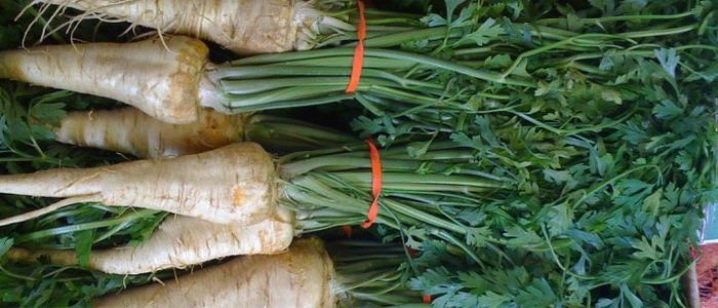
Landing
The area intended for sowing crops should be well lit, without drafts, close groundwater. It is better to choose a soil that is loose, with good organic matter and neutral pH. Loam or sandy loam is considered the best option.... We improve the clay soil by adding sand when digging. We neutralize acidic soil with ash, lime or dolomite. If the site is located so that the groundwater is close, then it is recommended to build high beds for vegetable crops.
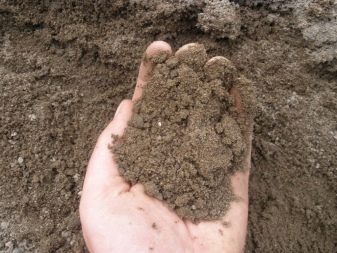
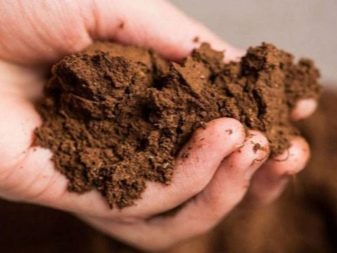
It is best to plant parsley after beans, tomatoes, cabbage, zucchini, onions, squash, potatoes, cucumbers, you can plant next to strawberries. It also goes well with cilantro, peas, dill, beans. Dislikes coriander, fennel, celery. It is better to plant root varieties in those places where last season good predecessors grew on manure, and leafy varieties like fertilizing based on manure.

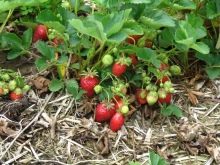
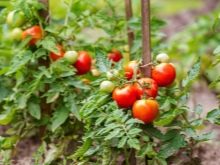
It will be better if the land is prepared in the fall. For digging, add a mixture of ash - 200 grams, humus - 4 kilograms per square meter, mineral fertilizers - 20 grams.
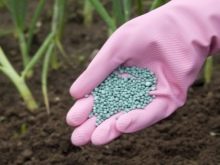

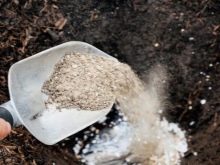
They are planted from seeds or by seedling by the end of April, when the soil warms up to 3 degrees Celsius.
Sowing dates can vary, it all depends on the type of spice.
- If you want to harvest an early harvest, then it is better to sow winter crops - in the month of October.
- By the end of April - beginning of May, it is recommended to plant a leaf variety, and conveyor planting is advised to be carried out every two weeks.
- The root variety of parsley is sown by the end of April - at the beginning of May.
If we focus on the regions, the landing date in the Far East is by the end of May, in Siberia, in the Urals, in the center - by the end of April, and in the south - at the beginning of March. In the south, winter sowing is sown later than everyone else - at the end of November, and in the northern part of the country - at the beginning of October.
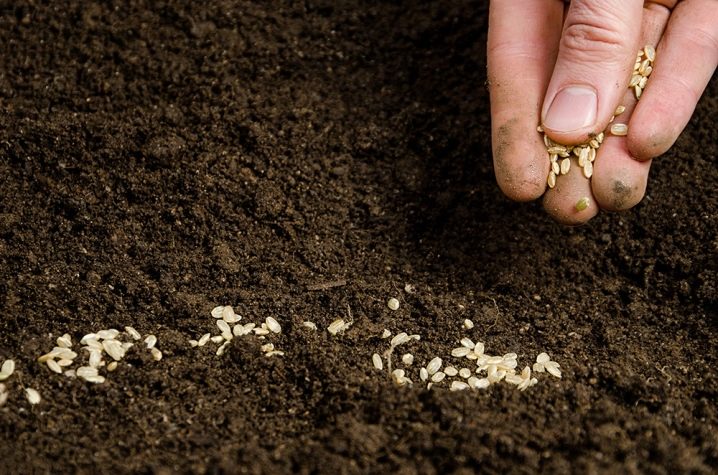
To get a rich harvest, we recommend that you follow some care rules:
- it is not worthwhile to deeply embed seed, so the greens will not appear soon or not at all;
- it is also not worth sowing finely: the seeds can either be blown away by the wind, or washed off with water;
- if the sowing furrows are compacted from below, then it will be easier to circulate water flows;
- there will be less weeds if you sow a mix of lettuce and parsley;
- it is necessary to loosen the planting soil more often, especially after watering.
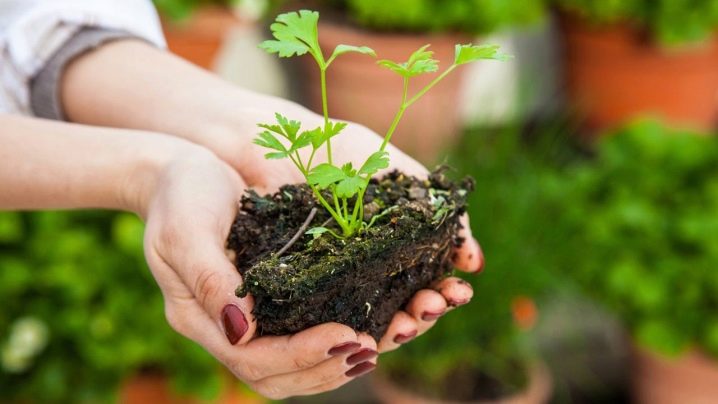
Greens can also be cultivated in greenhouse conditions, subject to the same rules as in the open field. Most often, the technique is used to grow crops for sale or for planting in a mixture with other herbs and vegetables. The approximate consumption per square meter is two grams of stratified material. Greens can be expected 10 days after planting at a temperature constant of 2 degrees.
You can also get a wonderful harvest on the balcony. Seed material is sown in the ground from the store. The containers must be treated with a solution of potassium permanganate, the bottom part is covered with drainage, then the earth is poured. Seeds are planted in the same way as in the beds. After that, everything is covered with foil.
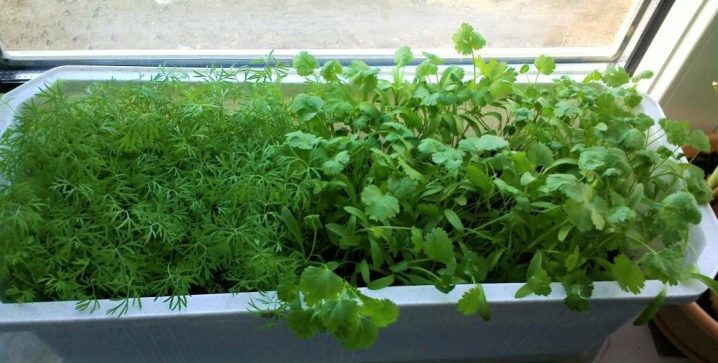
Preparation
If you plant greens in a seedling way, then you can use it a couple of weeks earlier. But for some reason this method is not popular with gardeners.
To germinate spicy herbs, it is recommended to pour the seeds with a small amount of water for 3 days. After the seed is slightly dried, sent to the refrigerator.
Chilled seeds are sent to the nutrient soil, lightly powdered with earth, moistened, covered with film or glass. The container with future seedlings is sent to the room for germination at a temperature of plus 25 degrees. As soon as the greens have sprouted, the glass or film is removed, and the soil is moistened if necessary.
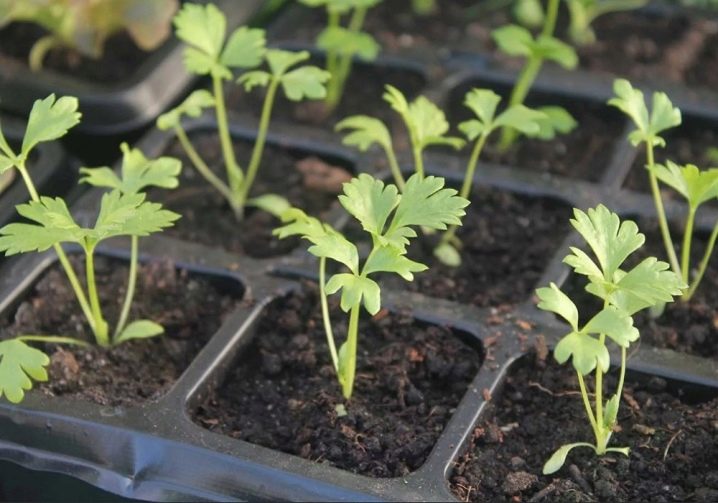
Technology
Before planting, only the strongest seedlings must be selected. The long root is cut off with a knife, and the cut is powdered with crushed activated carbon.
Previously, grooves are drawn on the beds up to two centimeters deep and 15 centimeters between rows. Seedlings or seeds are carefully laid out along the furrows, sprinkled with soil, watered.
If necessary, the culture can be transplanted from one place to another, but in the event that it is grown in seedlings. It is convenient to do this before cold weather by transplanting it into a container on a windowsill. It is not so difficult to do everything: we dig up greens with a lump of earth, transplant them into prepared soil. It is not necessary to deepen much, but we advise you to water it abundantly. We define the container in a cool place, and after a week we put it on the windowsill.
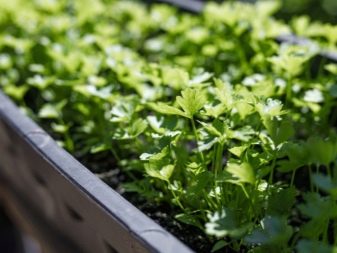

If it is completely cloudy outside the window, then additionally turn on the phytolamp.
Care
Growing parsley outdoors includes standard agricultural techniques: weeding, watering, fertilizing, loosening. In order for the soil to be soft, and a sufficient amount of oxygen passed to the roots, the beds must be constantly loosened.
Immediately after germination, thick greens are thinned out.
The grass should not choke off young greens, so it will be right if the weeds that appear are immediately removed.
The greens are cut from the moment they reach a height of 20 centimeters. Until the end of August - mid-September, you can feast on fresh curly leaves, which means that it is often recommended to water the culture before this time (once a week). Moisture adds its own flavor notes, tenderness to the plant.Irrigation with cold water in hot weather promotes the growth of succulent leaves. The appearance of the plant changes if fertilized regularly: the leaf rosette becomes more lush. You can feed for growth with mullein or compost.
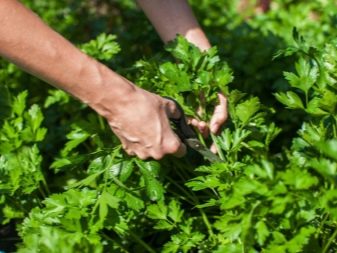

The composition is as follows: per kilogram of organic matter, you need to take 10 liters of warm water.
Provided that the plant is planted with seeds, it is necessary to saturate it with microelements 2-3 times per season. The first fertilization is in the two leaf phase. It is then that parsley is saturated with nitrogen fertilizer at the rate of 60 grams of nitrate per 10 square meters. The second time they use phosphorus-potassium fertilizer: potassium salt - 50 grams, superphosphate - 70 grams, mix, distribute over 10 square meters. It is better not to use fertilizing based on nitrogen with the arrival of August. Nitrogen is most likely to accumulate in the leaves.
After the first shoots appear, parsley begins to grow rapidly. It is necessary to often pluck or cut the greens with a knife, otherwise the plant will go into bloom. After cutting off large leaves, small ones begin to actively rise. Cut spicy herbs can be simultaneously used for preparations for the winter, when preparing food.
Not everyone knows, but parsley is very fond of mulching. There are many ways: hot (freshly cut) grass, deciduous or cold method, sawdust or compost method. But the most effective method is to spread hot grass. You do not need to throw in a lot of grass, a thin layer of 5 centimeters will be enough. Too much grass will give shade, which is also not good. When mulching with sawdust, we follow the same recommendations as with grass. If you mulch with dry grass or leaves, then the thickness of the layer can be varied, because while the greens germinate, the mulch will settle. Do not forget that before mulching the garden bed must be well shed, and after laying, we advise you to sprinkle it lightly with water.
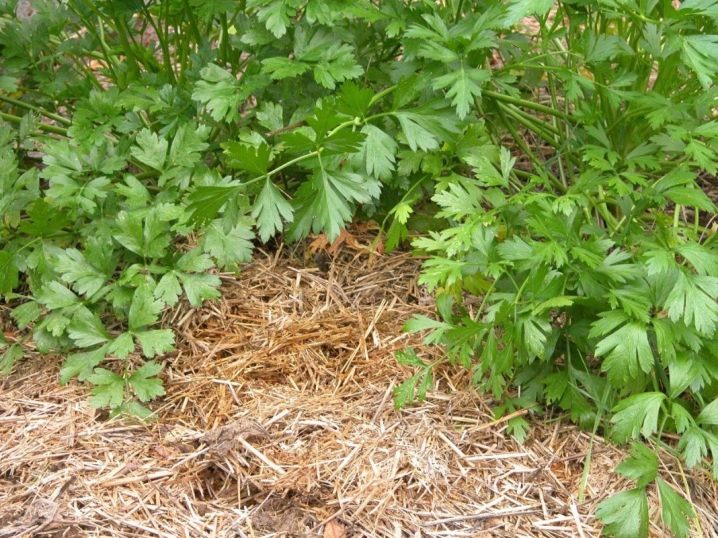
Harvesting depends on how the greens grow. There are varieties with a technical maturity of 60 days, and there are also 110 days. it is mainly used for drying or freezing. The average yield per square meter reaches 4 kilograms.
It is better to harvest the culture no later than September 25th. The mass is cleaned, sorted out, allowed to dry slightly. Then they are dried in a well ventilated area. Dried parsley is distributed in containers.

Diseases and pests
The plant contains a huge amount of essential oils, so pests do not respect parsley very much. Moreover, such plantings scare away uninvited guests.
To enhance the properties, active measures are taken:
- acidic soil is diluted with lime;
- they try to break up the beds on dry soils;
- conifers should not be in the neighborhood;
- it is better to plant in the ground in early spring;
- it is best to use healthy seed with a valid expiration date.
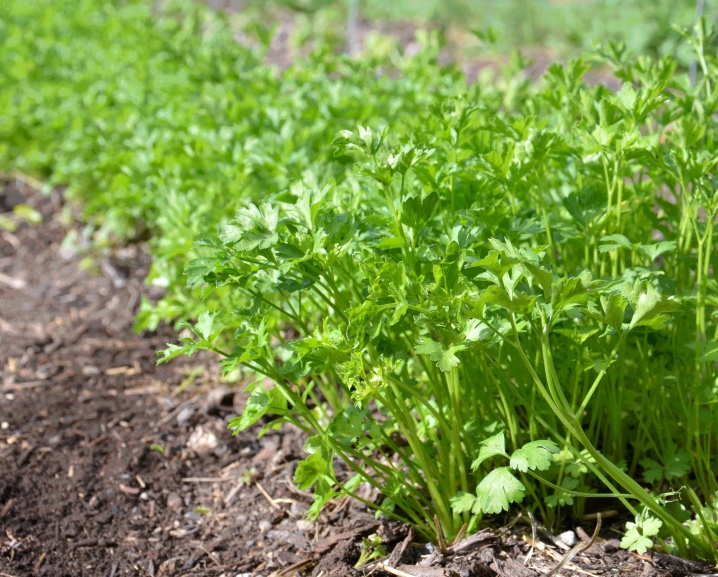
But still, the spice has some problems:
- spots with a red-orange bloom are with rust;
- if the plant turns yellow in the garden, then peronosporosis has appeared;
- with black rot or appearance, rotting and discoloration of the root collar is observed;
- the appearance of whitish spots with subsequent rotting occurs with white spot;
- with white rot, the roots rot quickly.
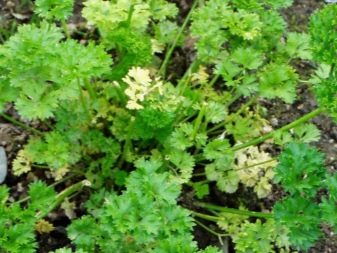
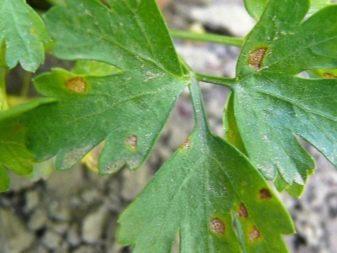
With all these diseases, parsley does not grow well, which means that the harvest will be poor. You can identify the disease by yellow spots, wilting of the plant.
All plant diseases arise from improper cultivation of the plant. Treatment includes correct crop rotation, timely weeding, maintaining humidity at the proper level in summer, treatment with Energen and Fitosporin preparations. Leaf treatment can also be done with copper oxychloride, copper sulfate, Quadris, Bayleton, Fundazim.

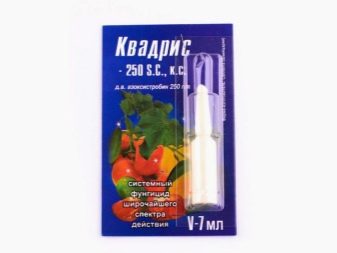
Insects also harm the plant. Among them: woodlice, swallowtail butterfly, flea, black aphid, which take all the juices from the spice. Therefore, if the leaves turn yellow, treatment is needed.It is best to use insecticides, they are allowed to be used up to three times per season.
Growing parsley outdoors is a simple process. It is only necessary to comply with all agrotechnical requirements in relation to the plant.
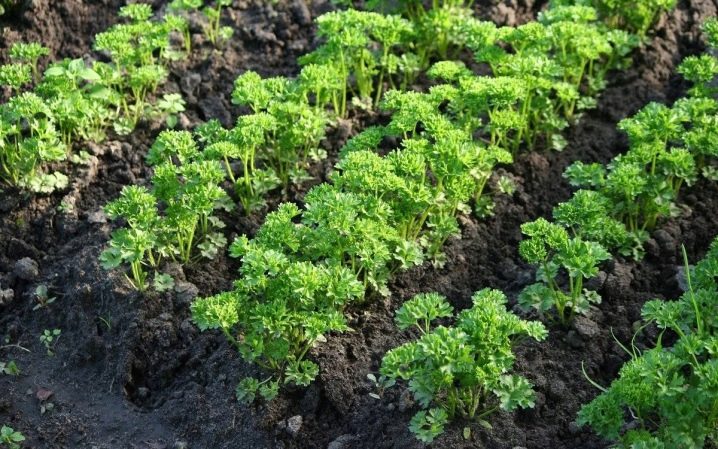






The comment was sent successfully.